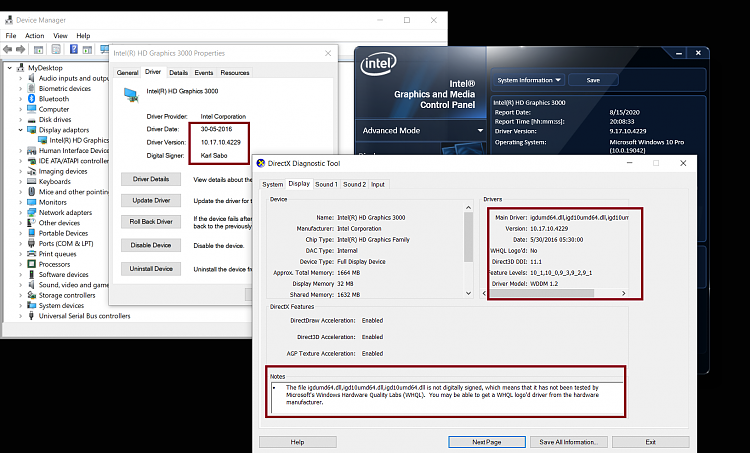
Path to folder holding application executable: enter the location where you installed Citra.Only choose “no” in the second question, as for the rest, choose “yes”. Īfter that, run the perappdeploy.cmd in Mesa folder as an administrator, and follow its instruction. dll from the extracted Mesa 圆4 folder with the one from. Then run the executable file that you downloaded from pal1000’s releases page, extracted to anywhere you want. I don’t know if this works with others.įirst, install Citra if you haven’t. Please note that I’ve only tried this method with Intel HD Graphics 3000, which have the capability to ultilize OpenG元.3 on Linux. bat instead, and it will run Citra with OpenG元.3 instead of 3.1. After that if you want to run citra-qt, run this. bat inside the folder that contains citra-qt. Follow its instruction closely (don’t choose yes all the time, there is one option that you have to choose no, but it’s chosen by default, so don’t worry.įor the final step, create a text file with this: dll with the one from and run perappdeploy.cmd to link Citra with the Mesa drivers. After that, open the folder that you extracted the files, replace the original. Link: įirst, install Citra if you haven’t. I tested with the one inside the pakages that I mentioned earlier, but it didn’t work, so I have to use another one. A pre-built version of Mesa (a open-source graphic driver).However, I recently found out and tested a way to overcome this problem, and finally Citra (both Nightly and Canary versions) can run on my laptop (I use Windows 10 圆4, and have 4GB RAM). So the graphic card does have the capability to use OpenG元.3, but Intel doesn’t make the driver for it. I’ve Ubuntu as my secondary OS, and it can run very well on it.


Intel HD Graphics 3000 does support OpenG元.3, but only on Linux.


 0 kommentar(er)
0 kommentar(er)
